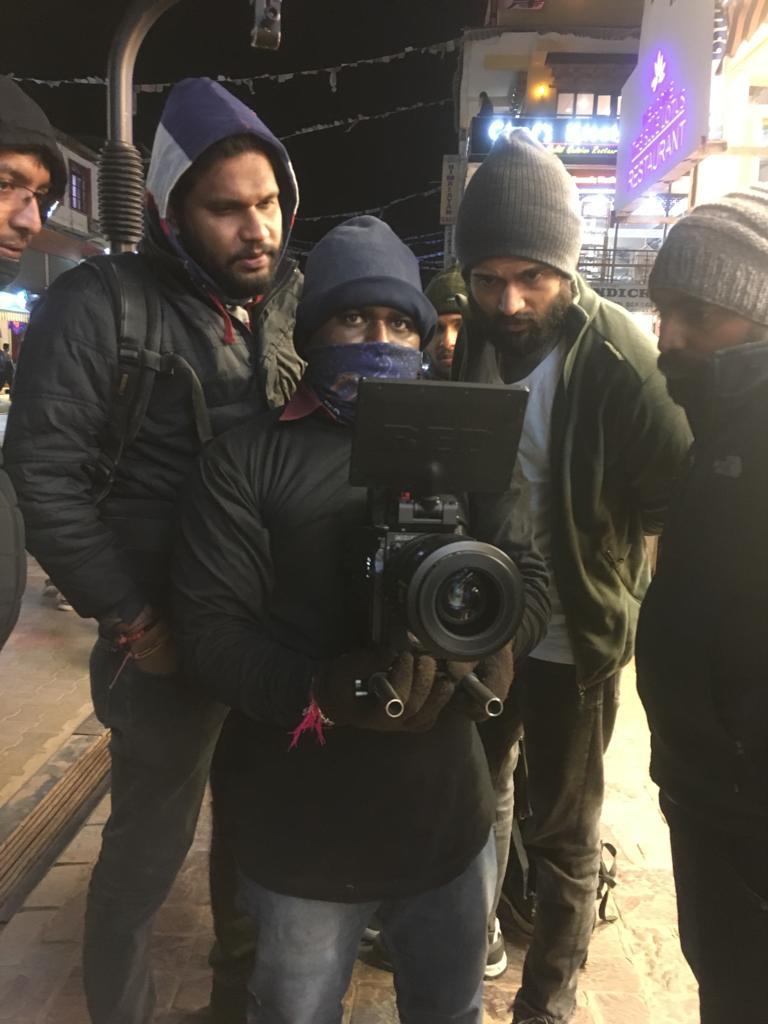
Dear Comrade: Sujith Sarang
Aug 02 2019
Cinematographer Sujith Sarang shot to fame for his stunning visuals for the film D 16 Dhuruvangal pathinaaru, within short span of years he has almost shot films in south Indian Languages Malayalam,Telugu.
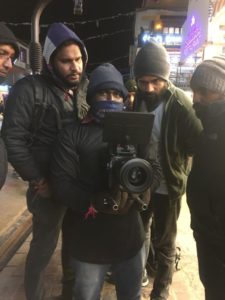
His recent film Dear Comrade which is both critically and commercially successful film released both in Tamil and Telugu.
Cinematographer Sujith Sarang shares his visual journey of the film with SICA.
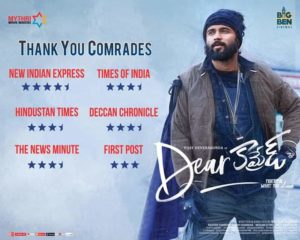
Dear Comrade, being an emotionally driven movie, my foremost motive was to encapsulate the emotions of the characters as authentic as possible with cinematography. The director of the movie, Bharat Kamma is a long term friend of mine. As we have made a short film named Maroprapancham in 2012, we share a good rapport and have absolutely no inhibitions in sharing ideas. After 6 years, we teamed up for his debut movie, Dear Comrade. I signed the movie in 2017 itself and we started rolling it by the mid of 2018.
Once I read the script, I was clearly decisive of treating each character with a specific color palette.
Since the director has a background in VFX, he too has a good eye for colors, that helped him in understanding my vision and working towards it. For instance, earthy tones were used for the male lead’s costume and pastels were chosen for the female lead. The cooperation of the costume designers Ashwanth Byri and Rajini were remarkable. I discussed the shades to be used in the walls, windows and other set props to the art director Ram Anjaneyulu in advance. All shades were used, but in a muted fashion to give a washed off look.
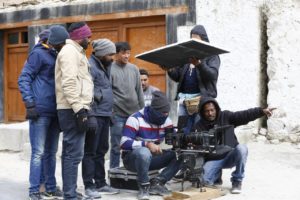
The movie was predominantly shot in ARRI Alexa SXT along with a set of Master Anamorphic lenses. The Anamorphic treatment was stipulated by the script itself. We shot a schedule of 7 days at Ladakh. Shooting in Ladakh necessitated a lot of travelling and location shifts, so no extra equipment was carried. The less oxygen level and low atmospheric pressure there, made me choose Red Helium, considering its light weight. The first half had the establishment and setup part in the script and so was treated with wide shots in a vibrant and pronouncing manner. A lot of hand held shots were preferred over steady blocks and smooth movements. The season specified in the script for the first half was summer, so to accentuate Kakinada’s summer, we shot in direct sunlight without diffusing it. Whereas, in the second half, the story revolves mainly around the two leads in a very few constrained locations in a tensed manner, so used mid ranges and closeups predominantly to frame a claustrophobic mindset. More smooth and subtle movements were used in the second half which has a slightly gloomy feel to it.
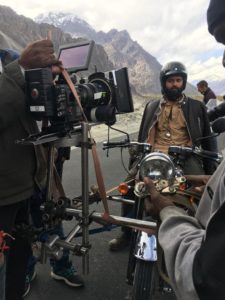
I avoided shooting too many landscape shots in Ladakh and Kerala portions, just to emphasize the emotions and to travel closer to the script rather than to deviate and show off beauty. The movie holds a spectrum of emotions like aggression, romance, elation, remorse, quirk, hilarity in a range of locations like snowy mountain ranges of Ladakh, coast of Kakinada, greenery of Kerala and urbanized Hyderabad. So it was an exigent task to maintain visual consistency.
The movie has a mass action appeal, treated in a close to reality style. The opening carnival fight sequence is worth a mention, as it was shot predominantly with practical sources in night that was planned in advance along with very less cinematography lights. The entire movie was shot in a total of 110 days.
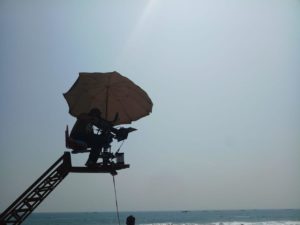
The color grading was done at our studio, Sarangs DI by colorist Sreejith Sarang, who also happens to be the editor of the movie. Davinci Resolve was the tool we used for grading. In my opinion, grading is just a tool of enhancement and I do not solely depend on it. I always strive to push myself and my fellow technicians to accomplish the most in the phase of shooting itself, as it makes the grading or for that matter, any kind of post production process easier and time efficient. The image quality is another big thing that will be on stake if a lot is tweaked in grading. The phenomenal sharpness and color rendition of the Master Anamorphic lenses also made the grading simpler.
I wanted to treat Dear Comrade contrasting to my previous movies in every aspect possible, right from lens choosing, colors, movements, lighting and worked towards it from the pre-production. It entailed immense planning and a sizeable team effort. This movie was a colossal experience of using a hell a lot of equipment together and shooting guerrilla style with no equipment at all.
End of the day, I believe cinematography is showcasing the emotions of the characters rather than capturing some beauty shots that are irrelevant to the script.
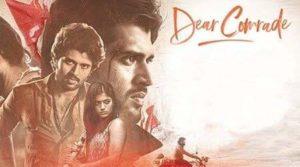
Info drafted by : Karthik Pandian assistant cameraman to Sujith Sarang.
Article edited by
C.J.Rajkumar
Author/ Cinematographer
